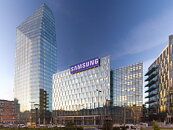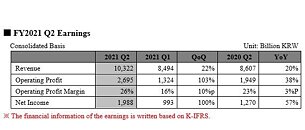Enterprise SSD Market Sees Strong 3Q24 Growth, Revenue Soars 28.6% on Surging Demand for High-Capacity Models
TrendForce's latest investigations found that the enterprise SSD market experienced significant growth in 3Q24, driven by robust demand from AI-related applications. Prices surged as suppliers struggled to keep pace with market needs, pushing overall industry revenue up by an impressive 28.6% QoQ. Demand for high-capacity models was especially strong, fueled by the arrival of NVIDIA's H-series products and sustained orders for AI training servers. As a result, the total procurement volume for enterprise SSDs rose 15% compared to the previous quarter.
Looking ahead to 4Q24, TrendForce forecasts a slowdown in enterprise SSD revenue as procurement demand begins to cool. Total procurement volume is expected to dip, with the peak buying period behind and server OEM orders being slightly revised downward. As shipment volume declines, overall industry revenue is also projected to decrease in the fourth quarter.
Looking ahead to 4Q24, TrendForce forecasts a slowdown in enterprise SSD revenue as procurement demand begins to cool. Total procurement volume is expected to dip, with the peak buying period behind and server OEM orders being slightly revised downward. As shipment volume declines, overall industry revenue is also projected to decrease in the fourth quarter.









































